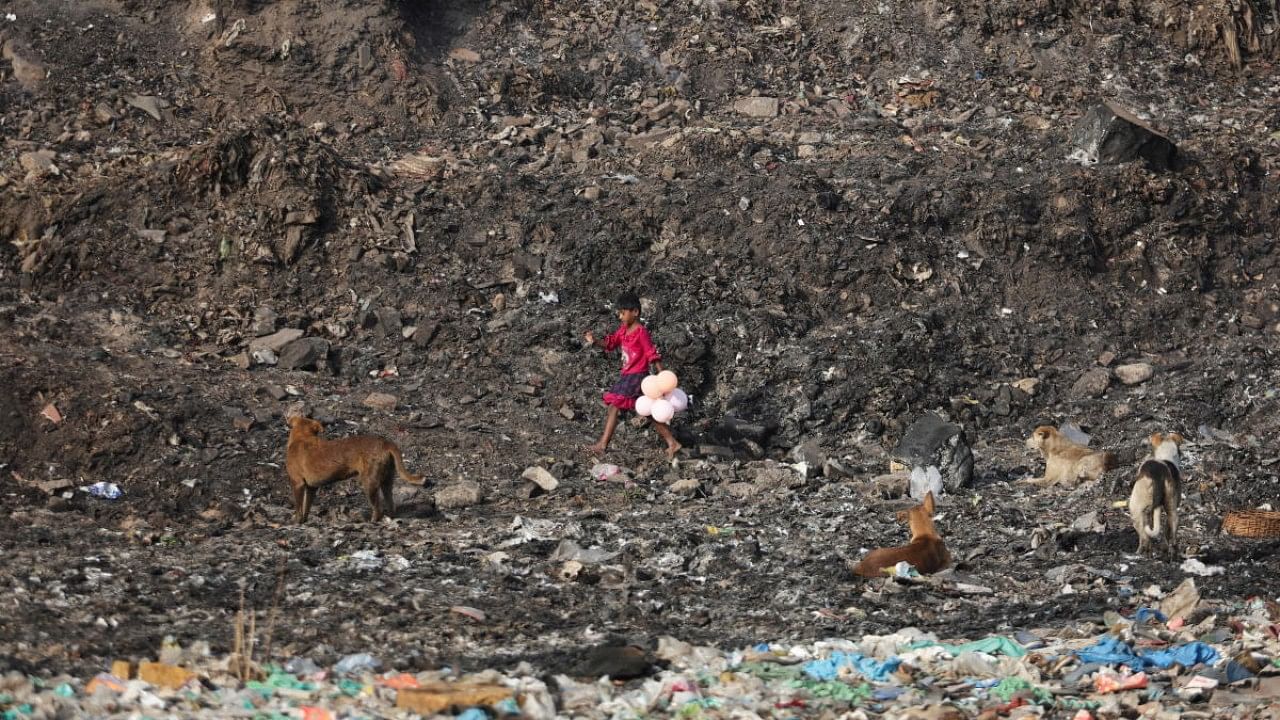
Delhi has registered a jump of around 15 per cent in the quantity of waste being dumped into its three landfill sites as compared to last year, according to government data.
According to reports submitted to the Union Jal Shakti Ministry and the Central Pollution Control Board, Delhi generated 10,990 tonnes per day (TPD) of municipal solid waste (MSW) in April 2021 on an average.
Of this, 5,457 TPD (49.65 per cent) was processed at MSW processing facilities and 5,533 (50.35 per cent) ended up in landfill sites at Bhalswa, Ghazipur and Okhla.
The MSW generation increased to 11,293 TPD by April this year, of which only 4,929 TPD (43.6 per cent) was processed, recycled or turned into compost. The remaining (6,366 TPD) ended up in landfills, an increase of over 15 per cent in a year.
Three waste-to-energy (WTE) plants, one each at Bhalswa, Okhla and Ghazipur, operational in the city can utilise up to 4,550 TPD of waste for electricity generation.
Municipal bodies dispose of 553 TPD of waste through compost pits, while 280 is utilised at material recovery facilities.
The capital is expected to get another 2000-TPD WTE plant at Tehkhand in south Delhi by September this year and a 25,00-TPD integrated Municipal Waste Processing Facility at Ranikhera in the northwest part of the city by August 2024.
A 300-TPD bio-CNG plant and a 100-TPD compressed bio gas plant will come up at Okhla by April next year.
Altogether, the waste disposal and processing capacity in Delhi will increase by 4,952 TPD by April 2024.